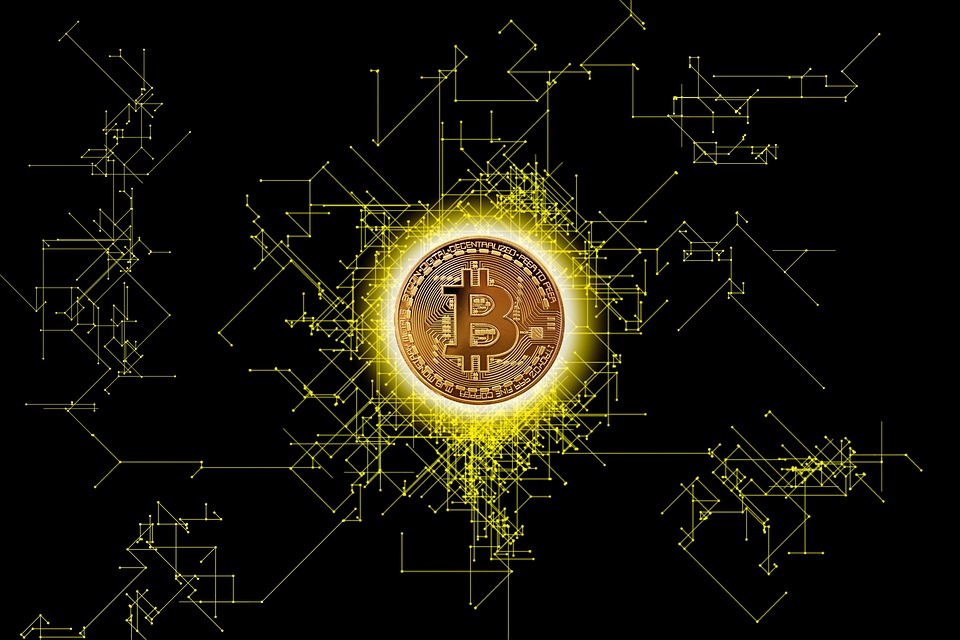Introduction to Tron
In the rapidly evolving landscape of blockchain technology, Tron has emerged as a prominent player with its ambitious vision to decentralize the internet. Founded by Justin Sun in 2017, Tron aims to create a global digital content entertainment system that leverages blockchain and distributed storage technology. By eliminating intermediaries and enabling direct interactions between content creators and consumers, Tron seeks to revolutionize the way digital content is produced, shared, and consumed.
The Vision Behind Tron
Tron’s primary objective is to construct a decentralized internet infrastructure that empowers users and content creators. The platform envisions a world where data is not controlled by a few centralized entities but is instead distributed across a network of nodes. This decentralized approach ensures greater transparency, security, and autonomy for users, while also reducing the risk of censorship and data breaches.
Key Features of Tron
Decentralized Applications (DApps)
Tron provides a robust platform for developers to build and deploy decentralized applications (DApps). By leveraging the Tron blockchain, developers can create applications that operate without a central authority, ensuring greater security and reliability. These DApps can range from gaming and social media platforms to financial services and more.
High Throughput and Scalability
One of Tron’s standout features is its high throughput capability, which allows the network to process thousands of transactions per second. This scalability is crucial for supporting a wide range of applications and ensuring a seamless user experience. Tron’s architecture is designed to handle a large volume of transactions with minimal latency, making it an attractive choice for developers and users alike.
Low Transaction Costs
Tron aims to make blockchain technology accessible to everyone by minimizing transaction costs. The platform achieves this by employing a Delegated Proof-of-Stake (DPoS) consensus mechanism, which reduces the energy consumption and costs associated with traditional proof-of-work systems. As a result, users can enjoy fast and cost-effective transactions on the Tron network.
Interoperability and Cross-Chain Compatibility
Tron is committed to fostering interoperability between different blockchain networks. By enabling cross-chain compatibility, Tron allows users to transfer assets and data seamlessly across various blockchain platforms. This interoperability enhances the overall utility and flexibility of the Tron ecosystem, making it easier for developers and users to interact with multiple blockchain networks.
Tron’s Impact on the Digital Content Industry
Tron’s decentralized approach has the potential to transform the digital content industry by empowering content creators and consumers. By eliminating intermediaries, Tron enables creators to retain full ownership of their work and receive fair compensation for their efforts. Consumers, on the other hand, gain access to a diverse range of content without the constraints imposed by centralized platforms.
Challenges and Future Prospects
While Tron has made significant strides in its mission to decentralize the internet, it faces several challenges. Regulatory hurdles, scalability concerns, and competition from other blockchain projects are some of the obstacles Tron must navigate. However, with its dedicated community and continuous technological advancements, Tron is well-positioned to overcome these challenges and drive the adoption of decentralized internet solutions.
Conclusion
Tron represents a bold step towards decentralizing the internet and empowering individuals in the digital age. By providing a scalable, cost-effective, and interoperable platform, Tron is paving the way for a more transparent, secure, and user-centric internet. As the blockchain space continues to evolve, Tron’s vision of a decentralized web is likely to play a crucial role in shaping the future of digital content and online interactions.




